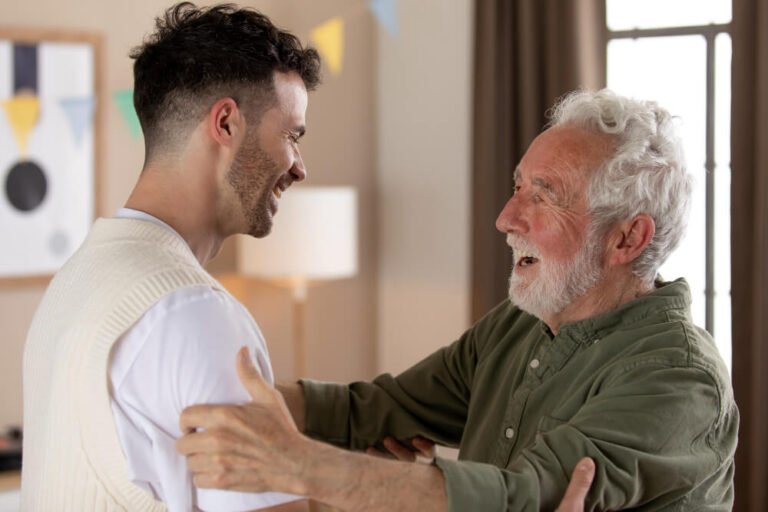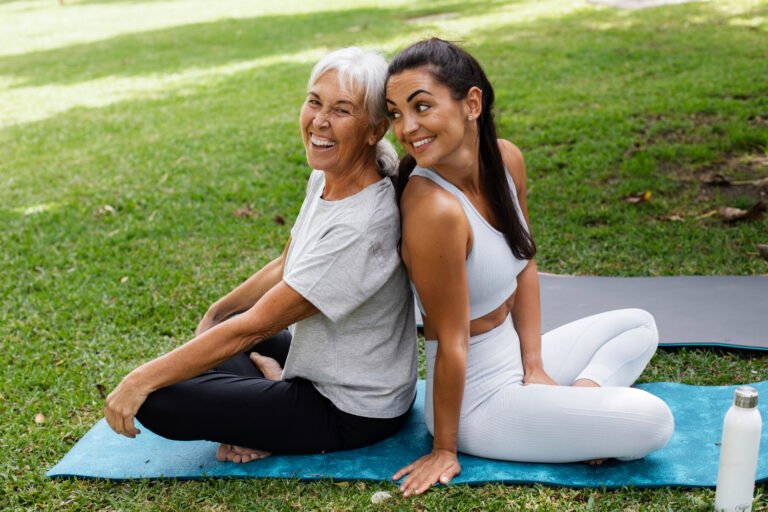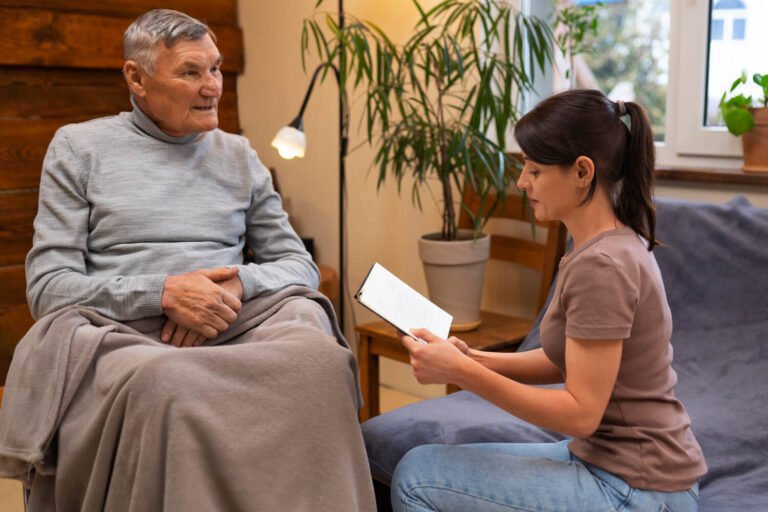Shining a Spotlight on Male Family Caregivers
Men’s Health Month: Where are the male family caregivers? June is Men’s Health Month, a time to spotlight men’s unique health challenges. From June 9–15, we also observe Men’s Health Week, encouraging early detection and treatment of diseases affecting men and boys. But there’s one group often left out of this conversation: male family caregivers….






